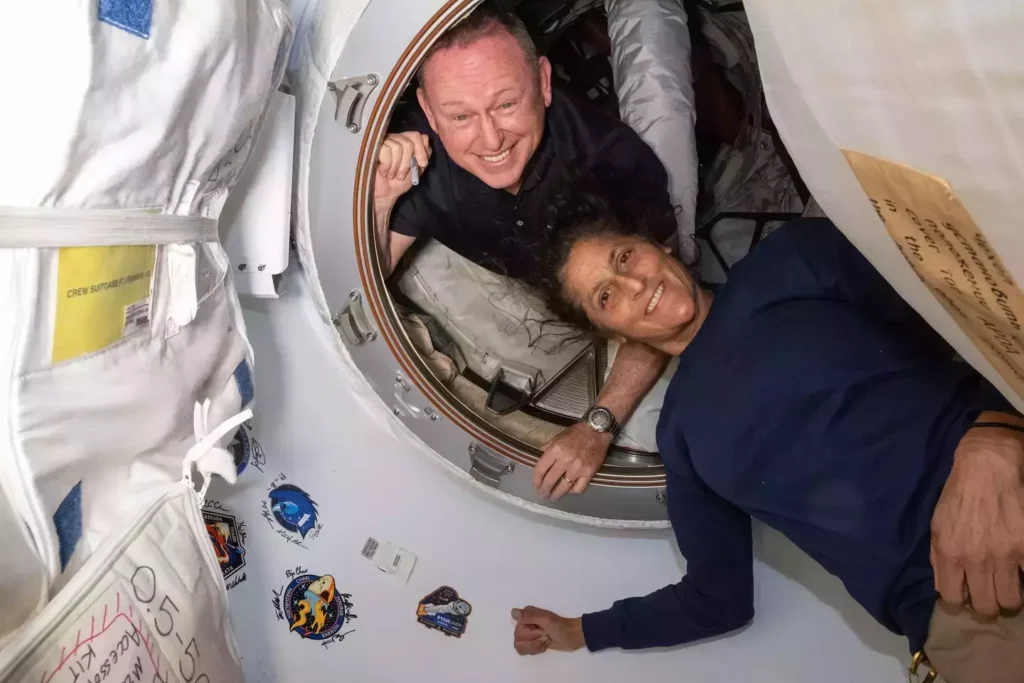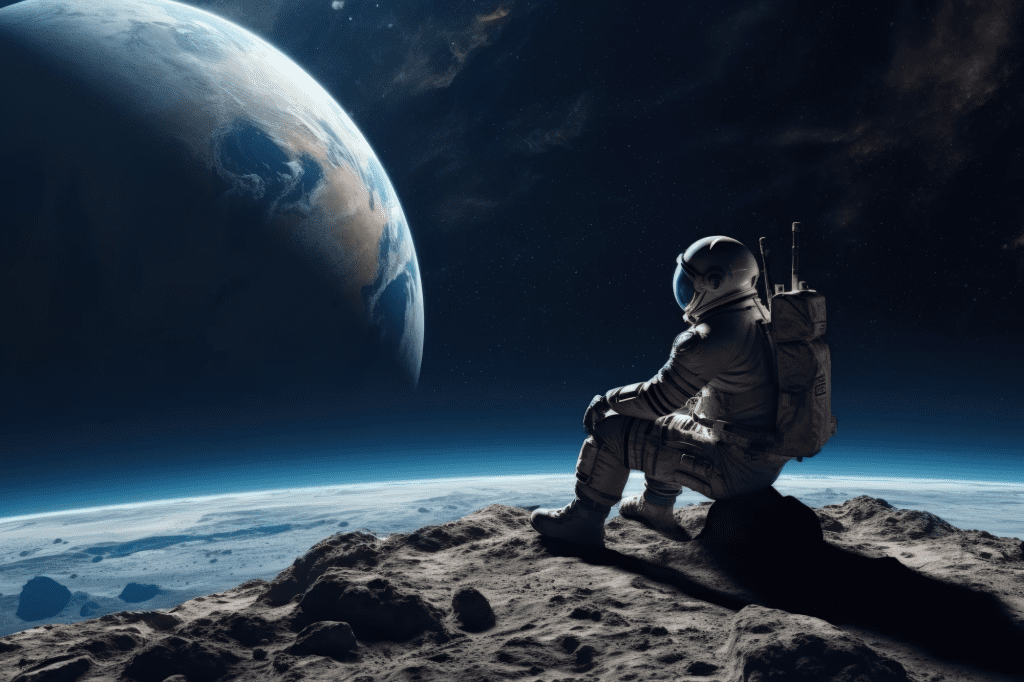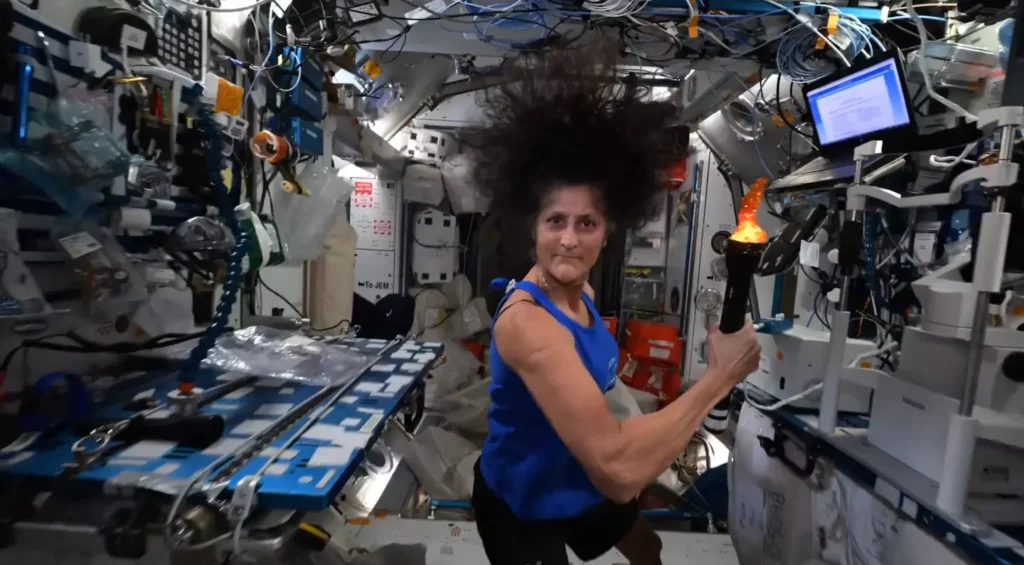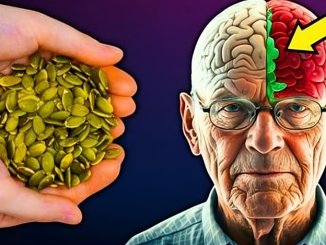As a seasoned SEO expert and high-end copywriter, I’ve tackled countless writing challenges, but none quite like this. Today, I’m diving into the remarkable tale of two NASA astronauts who find themselves in an extraordinary predicament – stranded in the vast expanse of space, far beyond their initial mission parameters.
While the prospect of spending an additional 200 days in orbit might seem overwhelming to most, NASA’s Barry Wilmore and Suni Williams have remained steadfast, their spirits undaunted by the unexpected challenges that have become their new reality.

Source: NASA
But this is no ordinary space adventure. As we delve into their captivating story, we’ll uncover the technical malfunctions that have forced them to extend their stay, the day-to-day responsibilities they must uphold, and the personal sacrifices they’ve had to make. Join me as we explore the incredible resilience and determination of these astronauts who are boldly charting new courses in the vast expanse of the final frontier.
The journey for Wilmore and Williams began like any other – a routine trip to the International Space Station (ISS), expected to last a mere eight days. But as fate would have it, their spacecraft, the Boeing Starliner, had other plans.
Just 64 days after their initial launch, the Starliner encountered a series of troubling malfunctions, including five helium leaks, five dead maneuvering thrusters, and a partially closed propellant valve. These technical issues dealt a significant blow to the astronauts’ planned return, forcing them to remain in orbit indefinitely.
As Wilmore and Williams grappled with the reality of their extended stay, the rest of the world watched with bated breath, wondering how these seasoned explorers would handle the unexpected turn of events.
Despite the challenges they face, Wilmore and Williams have remained steadfast in their commitment to their mission, diving headfirst into the day-to-day responsibilities of life aboard the ISS.
From replacing a urine processing pump to taking stock of the station’s food supply, the two astronauts have seamlessly integrated into the existing crew, ensuring the smooth operation of this orbiting laboratory.
But their duties extend far beyond the practical. As Williams noted, they must also dedicate time to maintaining their physical fitness, using weightless exercises inspired by the Olympics to combat the debilitating effects of microgravity on the human body.

Source: Freepik
It’s a delicate balance, juggling the demands of their scientific research, the needs of the station, and the personal challenges that come with being stranded hundreds of miles from home.
While Wilmore and Williams have adapted remarkably well to their extended stay in space, the emotional toll of their situation cannot be ignored. As retired Navy captains, they each have families waiting for their return – Williams with her spouse and pets, and Wilmore with his wife and two daughters.
The ability to connect with their loved ones through occasional phone calls and video conferences provides a much-needed lifeline, but the distance and uncertainty of their return date must weigh heavily on their minds.
As Williams poignantly shared, “You have to work out to maintain your bone density and muscle mass, so that’s part of the day. You also leave a family behind, and being able to make a phone call once a day or do a video conference on the weekend is really nice. Those are the hardest parts about going away for that long.”

Source: NASA
Despite the daunting circumstances they face, Wilmore and Williams have maintained an unwavering spirit, their determination to fulfill their mission shining through even in the face of adversity.
As Wilmore stated, “It feels like coming back home. It feels good to float around. It feels good to be in space and work up with the ISS team. So yeah, it’s great to be up here.”
This positive outlook, coupled with their wealth of experience and the support of their fellow crew members, has been the driving force behind their ability to not just survive, but thrive, in the unforgiving environment of space.
Their story serves as a testament to the human spirit, a shining example of the resilience and adaptability that allows us to push the boundaries of what’s possible, even when the odds are stacked against us.
The journey of Barry Wilmore and Suni Williams is far from over, and the uncertainty of their return date looms large. But in the face of this extraordinary challenge, these two astronauts have proven themselves to be true pioneers, inspiring us all with their unwavering spirit and their determination to conquer the unknown.
As they continue to navigate the complexities of life on the International Space Station, conducting vital scientific research and maintaining the delicate balance of their day-to-day responsibilities, they remind us that the human spirit knows no bounds.
Whether it’s the physical feats they must accomplish to stay healthy or the emotional resilience required to cope with being away from their loved ones, Wilmore and Williams have demonstrated that they are more than just astronauts – they are trailblazers, paving the way for future generations to explore the vast reaches of space.
So, as we follow their remarkable story, let us be inspired by their courage, their adaptability, and their unwavering commitment to the pursuit of knowledge and discovery. For in their journey, we glimpse the boundless potential of the human spirit, and the power of the human mind to overcome even the most daunting of challenges.


